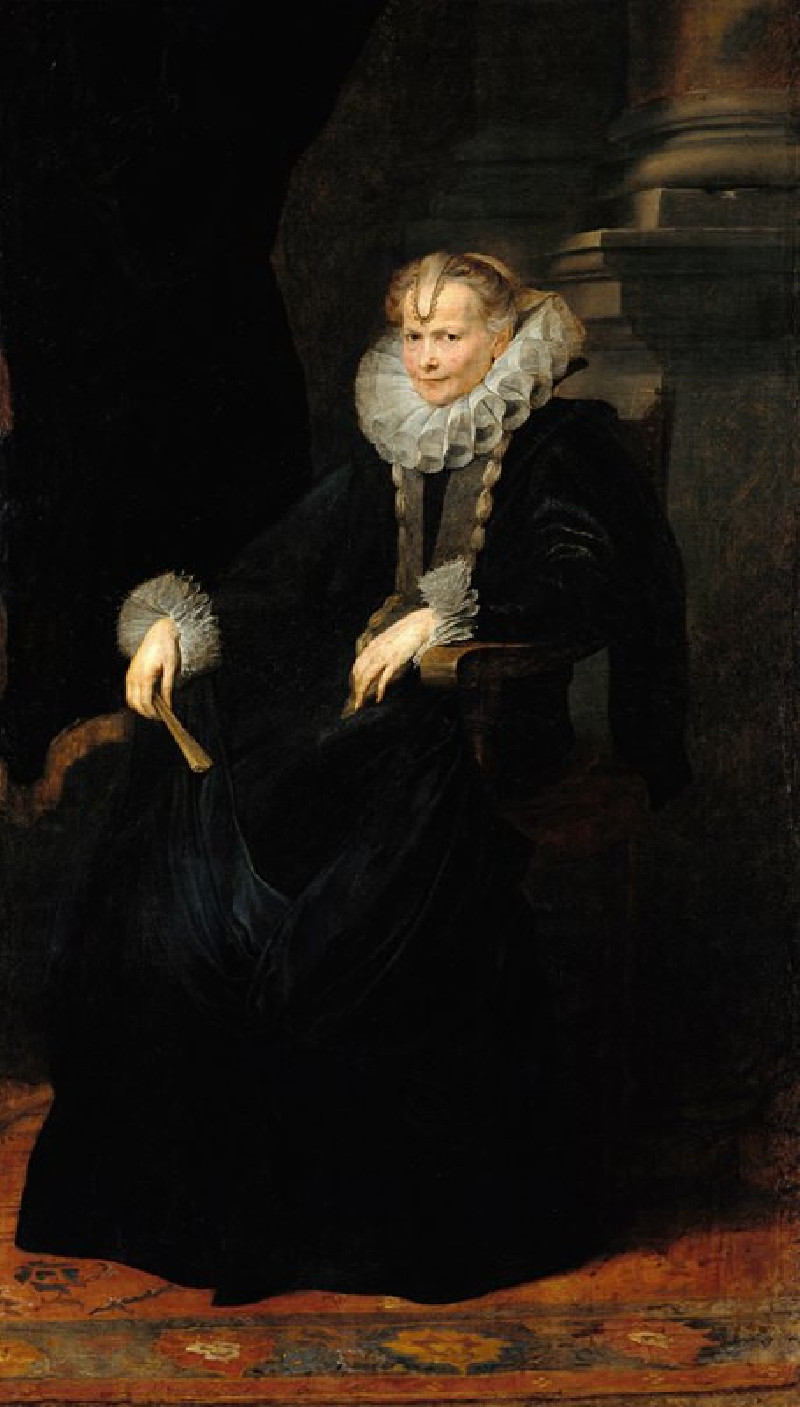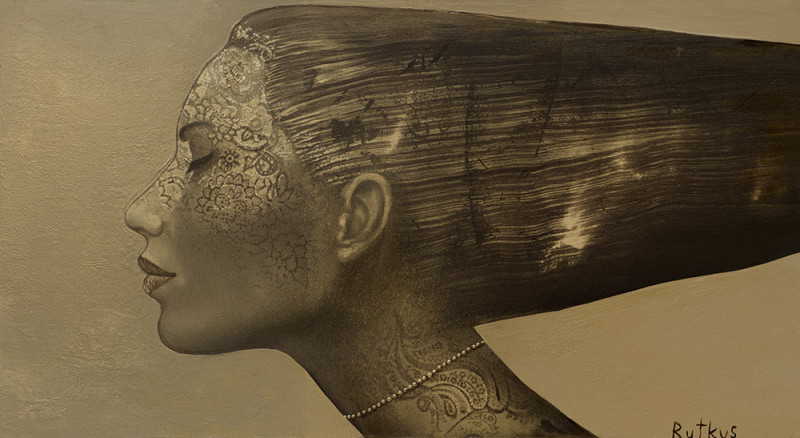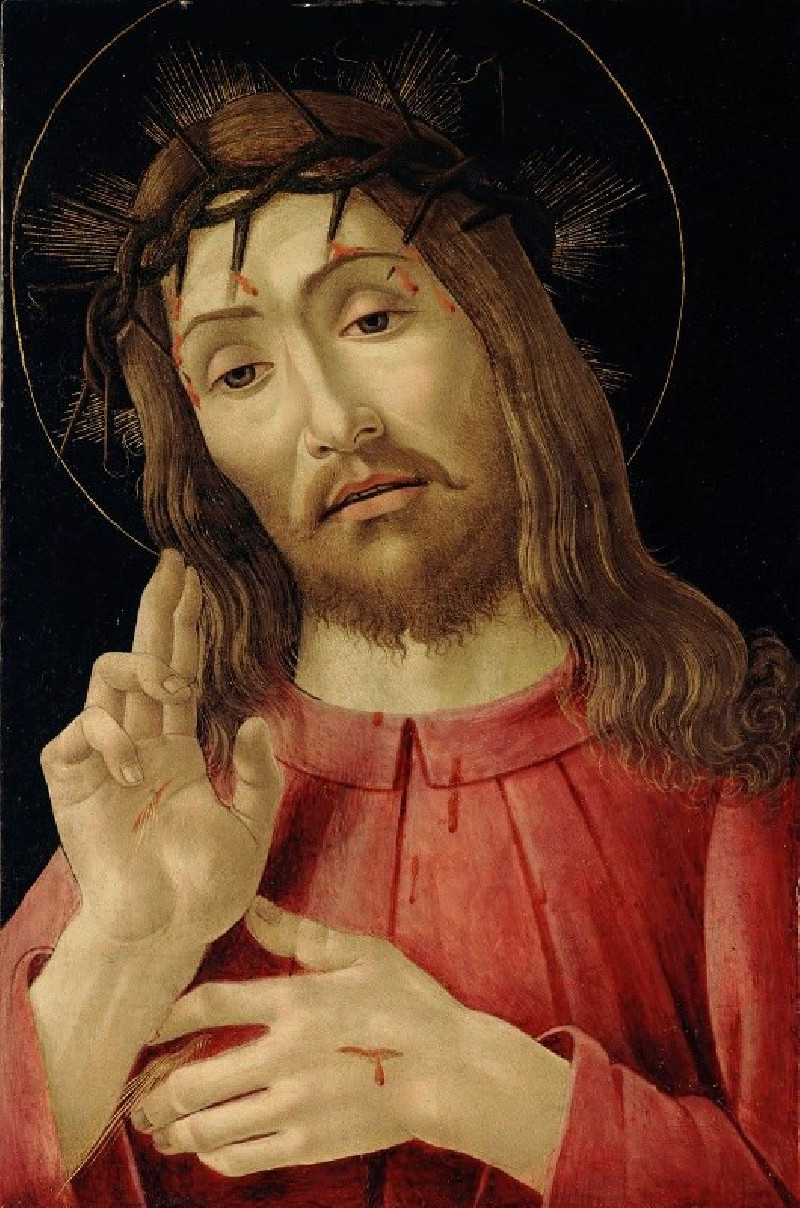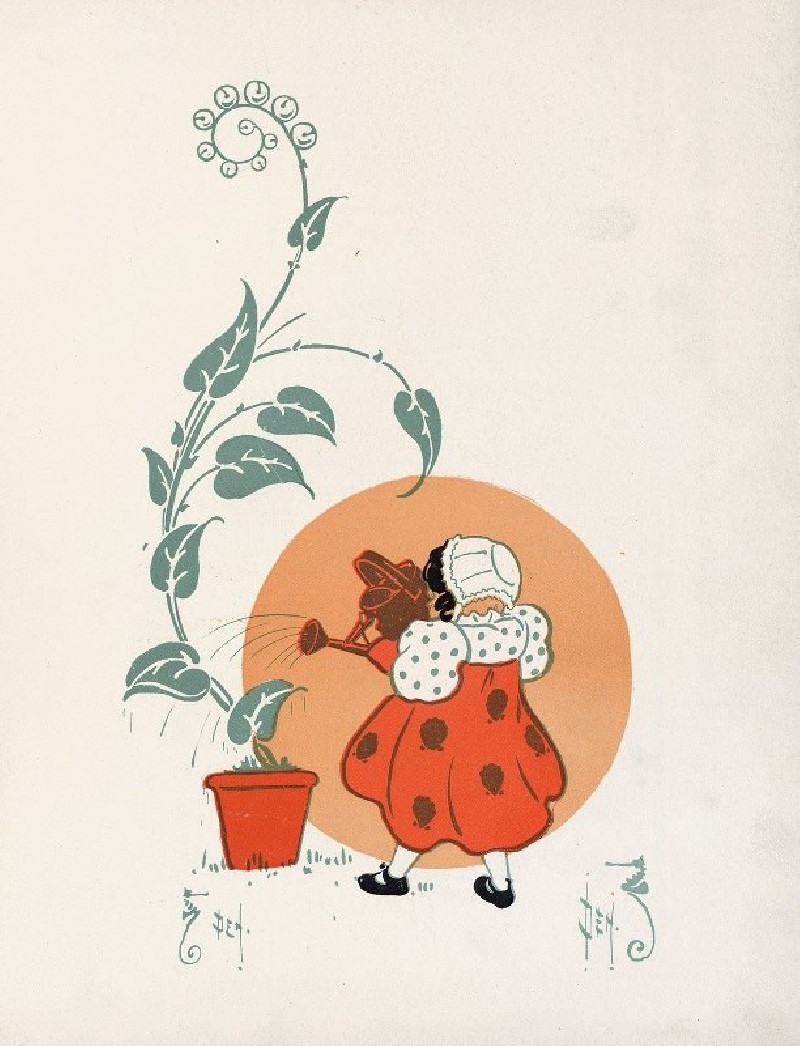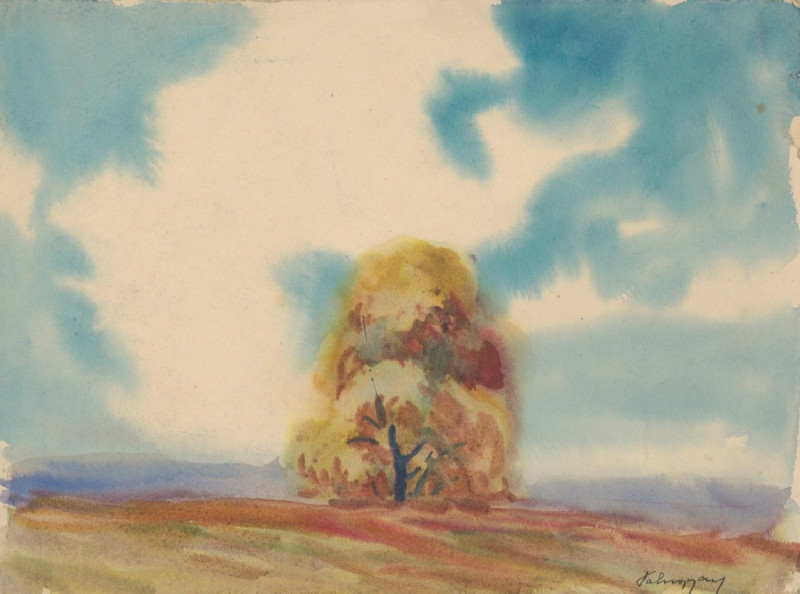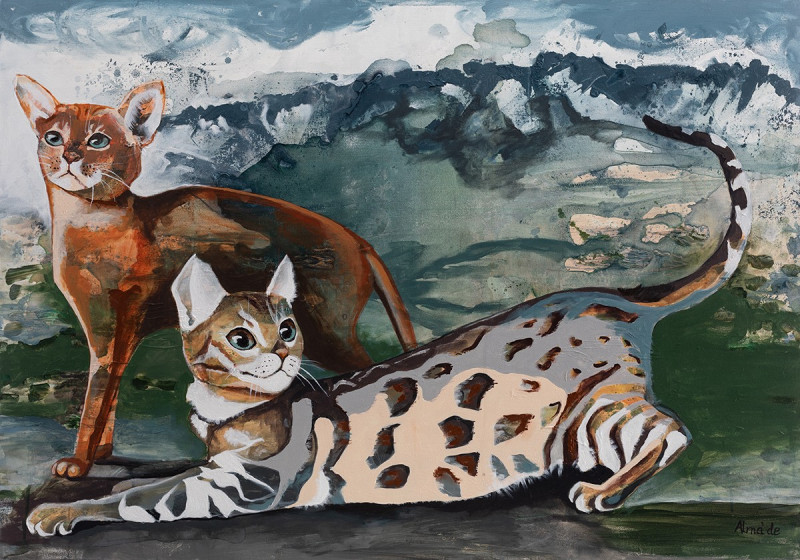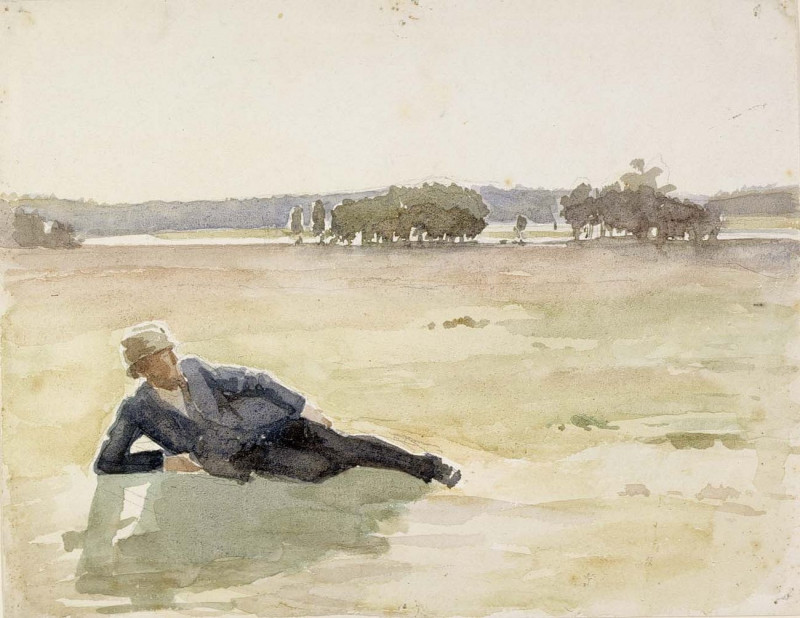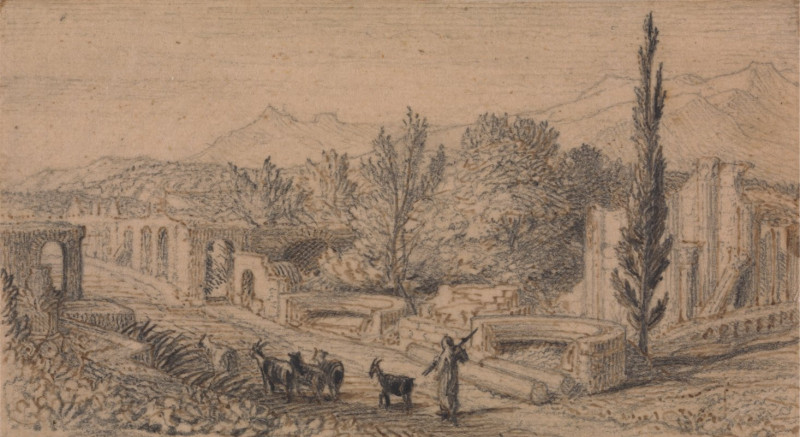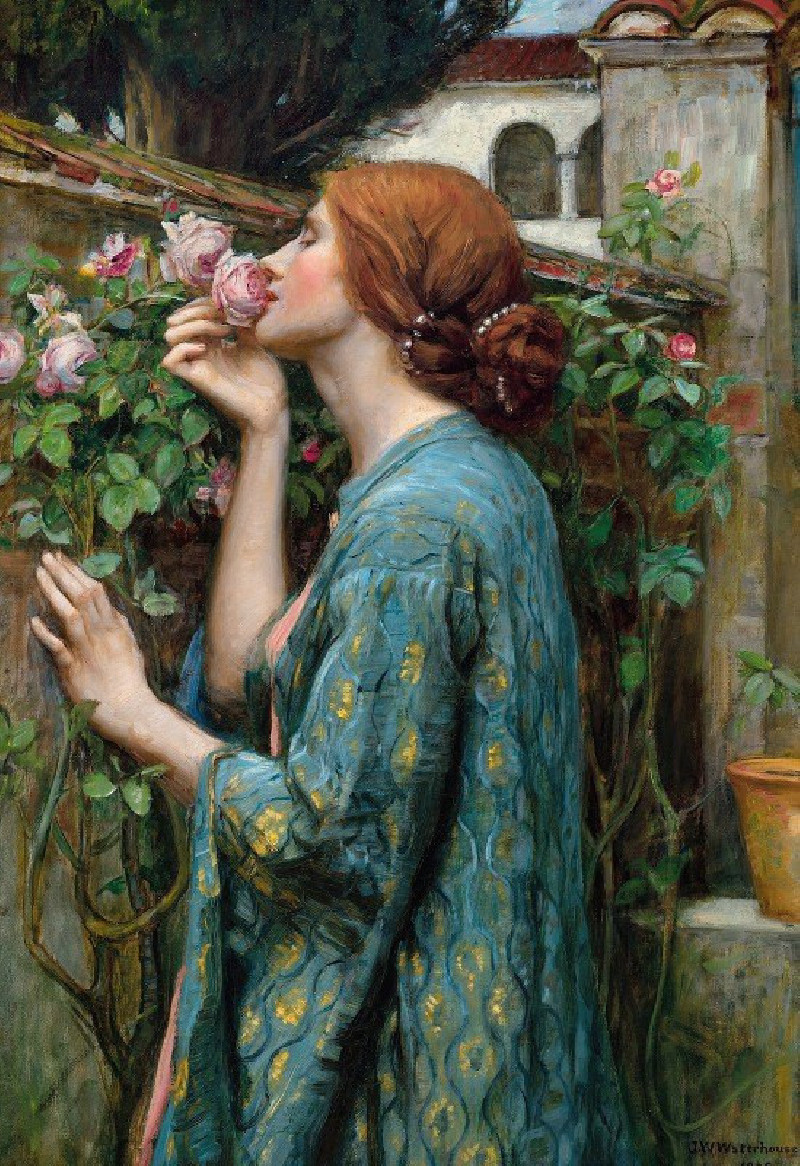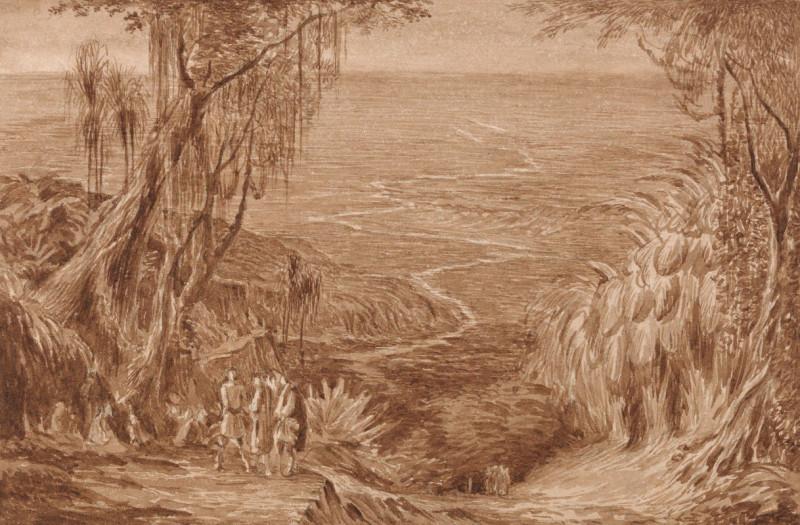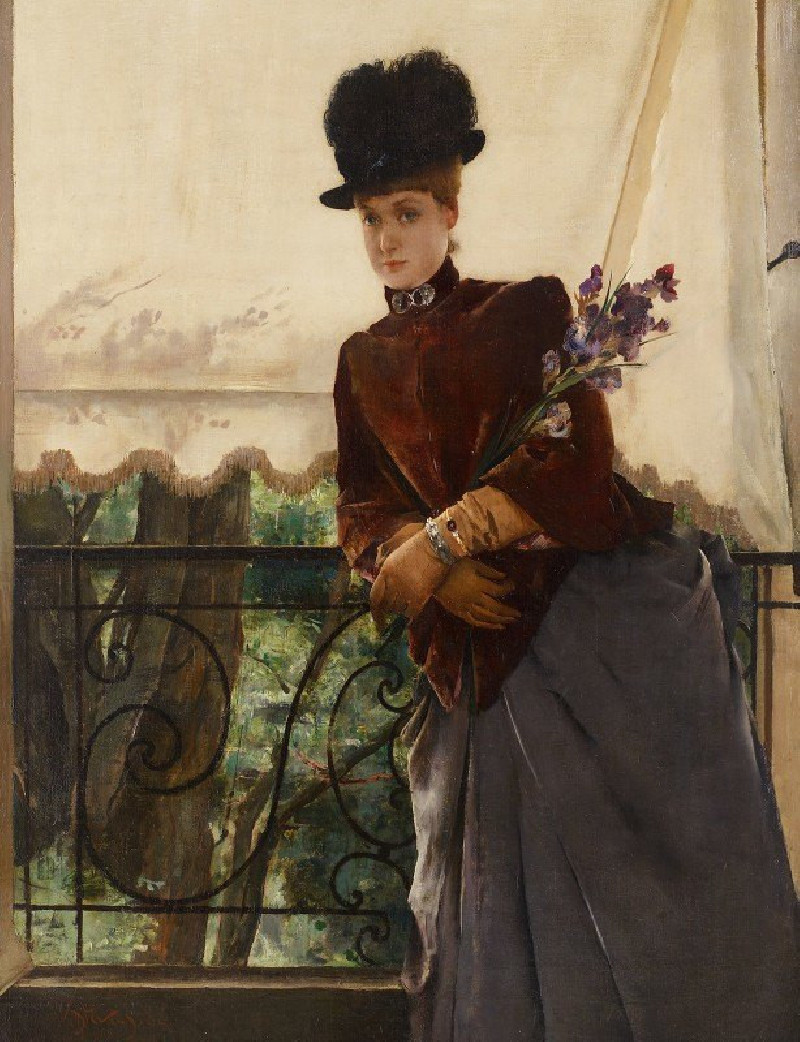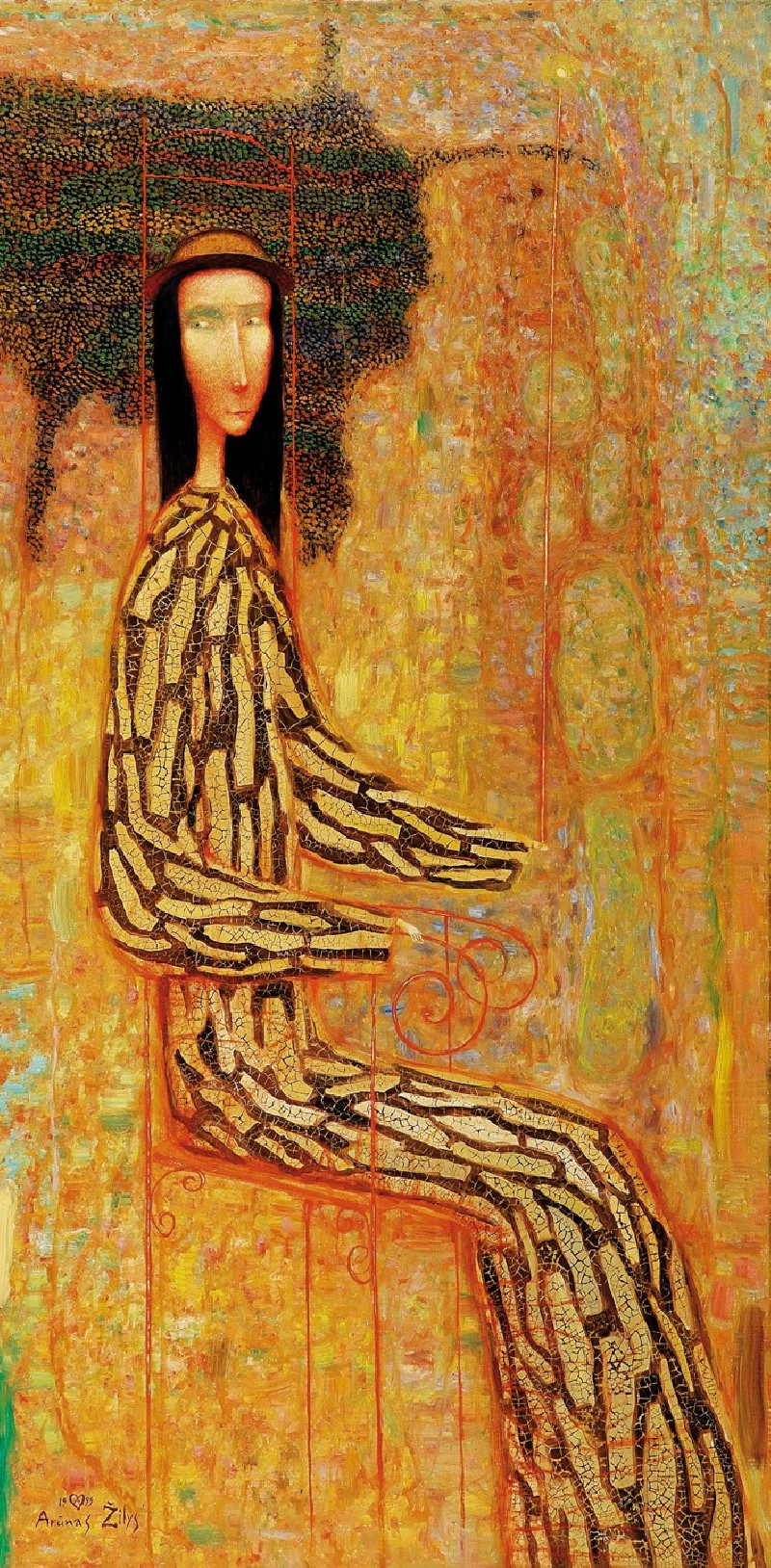Portrait of a Genovese Lady (circa 1622)
Technique: Giclée quality print
Recommended by our customers
More about this artwork
Dive into the intriguing depths of Anthony van Dyck's masterpiece, "Portrait of a Genovese Lady," painted around the year 1622. This striking artwork captures the essence of Genovese aristocracy during the Baroque period, showcasing Van Dyck’s exquisite ability to blend vivid realism with atmospheric mood.The painting portrays an elderly woman seated against a dark, indistinct background that subtly hints at architectural structures, perhaps suggesting her social status and environment. She is dressed in a black gown that exemplifies the fashion of the era; its rich fabric and elegant folds speak to her wealth and stature. Her stark black attire is contrasted with a delicate white lace collar, adding a touch of grace and refinement to her appearance.The woman's face, marked by time, reflects a lifetime of experiences. Her expression, composed yet penetrating, engages the viewer with a gaze that seems both introspective and commanding. The artist’s use of lighting highlights her facial features, drawing attention to her dignified demeanor.In her hands, she gently holds a fan, a common accessory in aristocratic portraits of this period, which may symbolize her social status or simply serve as a decorative element.Anthony van Dyck, known for his portraits of royalty and nobility, presents in this work a profound understanding of character and human emotion. "Portrait of a Genovese Lady" offers a glimpse not only into the fashion and cultural standards of the 17th-century Genoese elite but also into the personal story of the woman herself, whose identity remains enveloped in mystery.
Delivery
Returns
Sir Anthony van Dyck (1599 – 1641) was a Flemish Baroque artist who became the leading court painter in England after success in the Spanish Netherlands and Italy.
The seventh child of Frans van Dyck, a wealthy Antwerp silk merchant, Anthony painted from an early age. He was successful as an independent painter in his late teens, and became a master in the Antwerp guild in 1618. By this time he was working in the studio of the leading northern painter of the day, Peter Paul Rubens, who became a major influence on his work.

